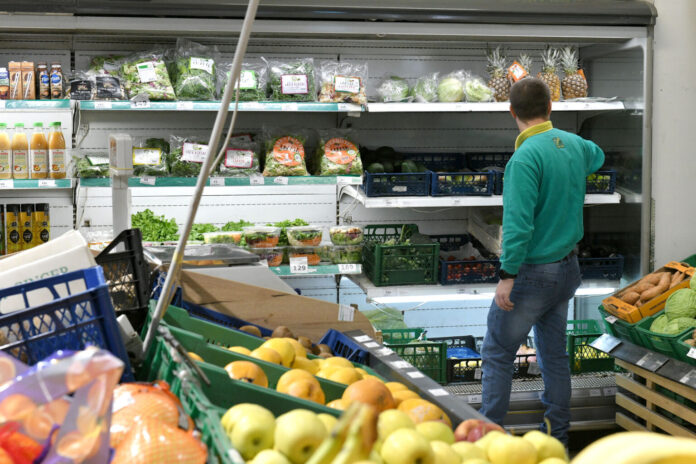Eye to eye with the Boenduivel, via a cupboard in Kloosterburen
/s3/static.nrc.nl/images/gn4/stripped/data130218598-7b3b89.jpg)
We are halfway through Lent, but there are leftovers confetti in the gutter in Kloosterburen, apparently a carnival residue that has not yet been blown away by the Protestant wind that brings the plains of the Groningen Hogeland clean. Among readers, Kloosterburen is not so much a Catholic enclave, but a place of pilgrimage because of the phenomenal antiquarian bookshop At Tij and Ontij (Vaut Le Voyageas they say at Michelin) that there is located in the Hoofdstraat. Further on in that street there appear to be free books, in a cupboard that carries the traces of brave resistance to weather, wind, time and onion.
Inside a book from a man who came from far: Holland 1883 From the Portuguese journalist Ramalho Ortertigão (1836-1915), who visited the World Tento Opport in Amsterdam in the aforementioned year and attached it to it for a few weeks. The book was published in 1885; This is a pocket repress from 1964 of the translation from M. de Jong (1948). On the first pages, Ortigenna quotes that Holland (he means ‘the Netherlands’, but we forgive him) until the sixteenth century ‘a clod dressed in mulded mud’ was where Caesar’s soldiers were already introduced to a ‘disastrous, recurring people, sitting on floating seduling sides’. In the meantime this is the people that humanity would give « a new right, a new moral »: « The right of every individual to invalful freedom of conscience. » We can put it in our pocket, thank you, Mr. Ortigão!
We have to do with a well -muttered tourist, who lets all reserves sail in an ode to the street that reached the national news last week as the backdrop for a nasty stabbing: Sint Nicolaasstraat in Amsterdam. The Portuguese gives high from the shops, people and flowers in the street. Everything is so picturesque that it seems that the paintings « have returned their performances to reality. » And then the light in Sint Nicolaasstraat! « Here it falls, incomparably transparent (…) from above and in studios that are specially built to see the contours to see as sharply as possible and to reach the most striking Clair-Obscur. »
Ortigão does his best to find out the true national character beyond cosmopolitism that, according to him, speaks automatically in Amsterdam. He enthusiastically tells about his visit to the Algemeen Handelsblad, where the editor -in -chief crashed him at ten to half past nine in the morning, afterwards to go to the Boemel with his Portuguese guest at the boemel. He is also charmed by the salty roughness of Rotterdam and he looks his eyes on the beach of Scheveningen. There he loses himself at the « brief bathing clothing » of the women. With binoculars, aimed at « fascinating clean bodies of a blankness that has never been seen, a paradise -like tarness of skin. »
In the chapter ‘The countryside’, Ortigão deals with Broek in Waterland, just above Amsterdam, « in terms of sensuality (…) a concentrated meat extract, drawn from the cattle called Holland ». This is followed by a great explanation about the maniacal cleaning rage that prevails: « The people are possessed of the Boenduivel. » Shocked: « Foreigners on dirty shoes are worn through the village. »
He did not get Kloosterburen.

:format(webp)/s3/static.nrc.nl/wp-content/uploads/2025/04/18221607/data131056432-313125.jpg)

/s3/static.nrc.nl/images/gn4/stripped/data131081476-6d6db2.jpg|https://images.nrc.nl/y6sYCxeOlllm465-bHxbtbAKOcc=/1920x/filters:no_upscale()/s3/static.nrc.nl/images/gn4/stripped/data131081476-6d6db2.jpg|https://images.nrc.nl/CxSqgWcwo1USVIyDOUMke6gVZ8Q=/5760x/filters:no_upscale()/s3/static.nrc.nl/images/gn4/stripped/data131081476-6d6db2.jpg)


